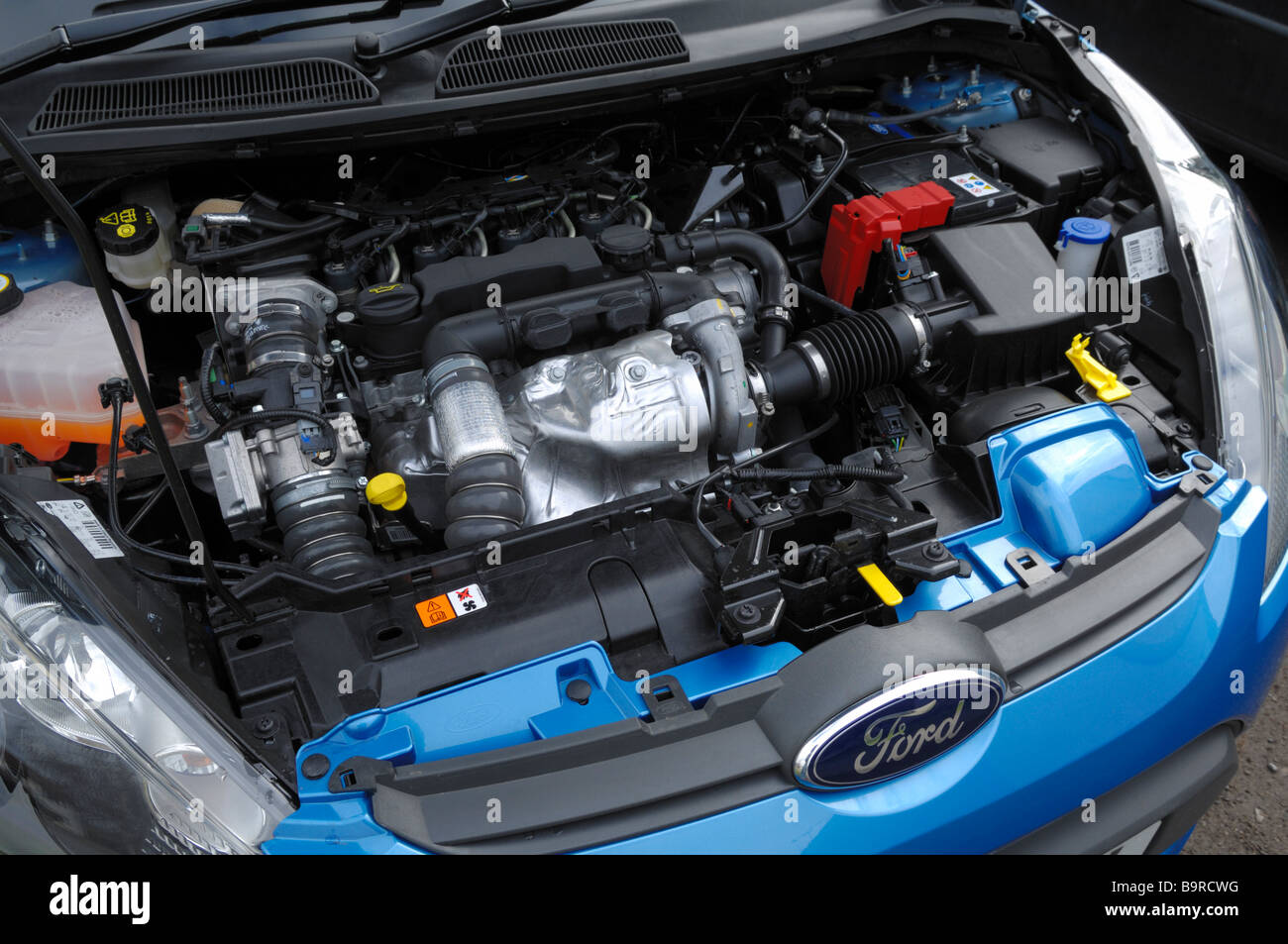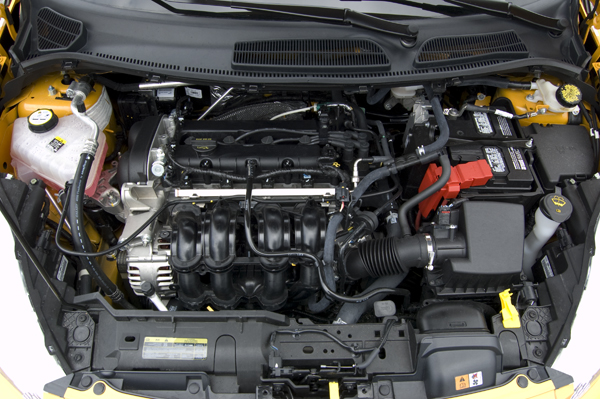What to Look for When Buying a Used Ford Fiesta Engine
What to Look for When Buying a Used Ford Fiesta Engine
Blog Article
Unlocking the Power of Engines: A Comprehensive Overview to Efficiency and Performance
Recognizing the complex mechanics of engines is important for both performance lovers and everyday motorists. By taking a look at crucial metrics such as horse power and torque, one can value how tuning strategies enhance efficiency while addressing ecological concerns. Additionally, routine upkeep plays a crucial function in sustaining optimal performance over time. As the automobile landscape changes in the direction of electrification and advanced modern technologies, the inquiry arises: exactly how can we properly adapt to these adjustments while maximizing engine abilities? The answers may redefine our approach to engine performance and performance in means that are both informing and essential.
Comprehending Engine Essentials
What constitutes the essential mechanics of an engine? At its core, an engine is an equipment made to convert fuel right into mechanical power through a series of regulated surges or combustion processes. The main parts consist of the cyndrical tube, piston, crankshaft, camshaft, and valves. The cylinder serves as the chamber where combustion happens, while the piston relocates within the cylinder to transform the power from burning into straight motion (ford fiesta engine).
The crankshaft after that changes this direct activity right into rotational energy, which inevitably powers the car. The camshaft regulates the opening and closing of the shutoffs, regulating the consumption of air and gas and the expulsion of exhaust gases. Furthermore, the engine depends on a meticulously adjusted fuel-air mix, ignition system, and cooling down system to make sure optimal efficiency and performance.
Recognizing engine basics likewise involves recognizing the significance of engine cycles, such as the four-stroke cycle, that includes consumption, exhaust, compression, and power strokes. Each stage is important in making certain the engine operates smoothly and successfully. Mastery of these fundamental mechanics prepares for discovering more complex engine characteristics and performance metrics, vital for optimizing both power outcome and effectiveness.
Key Performance Metrics
Secret performance metrics are necessary for evaluating an engine's efficiency and power result, providing important insights for both makers and customers. These metrics act as benchmarks for engine efficiency, enabling notified choices in layout, manufacturing, and investing in.
Among the primary metrics is horse power, which quantifies the engine's capacity to do job over time. Torque, determined in pound-feet, is an additional important metric that shows the engine's rotational force, directly affecting velocity and towing capacity. Fuel performance, normally determined in miles per gallon (MPG) or liters per 100 kilometers (L/100km), evaluates just how properly the engine transforms fuel into motion, affecting environmental considerations and operational prices.
In addition, thermal efficiency measures exactly how well an engine converts fuel power right into beneficial work, revealing understandings right into power losses mostly with heat. Emission levels, including CO2 and NOx, are likewise important, showing the engine's ecological influence and compliance with governing requirements.

Tuning Methods for Performance
Tuning techniques play a significant role in improving engine efficiency by maximizing efficiency metrics determined in earlier discussions (ford fiesta engine). Different methods exist to make improvements an engine, each adding to enhanced gas economic climate and reduced discharges
One reliable strategy is readjusting the air-fuel proportion, ensuring the engine runs within the optimum combustion program. A leaner blend can improve fuel efficiency, yet it must be stabilized to stop misfires or engine knock. Furthermore, reprogramming the engine administration system can recalibrate specifications such as ignition timing, which further enhances performance while maintaining power result.
Another essential approach includes customizing the consumption and exhaust systems. Upgrading to high-performance air filters and exhaust headers can reduce back pressure, helping with better air movement. This over at this website allows the engine to take a breath even more freely, causing improved combustion efficiency.
Additionally, the implementation of advanced adjusting devices, like dyno testing, offers precise see this page information that enables targeted changes. Consistently keeping track of these performance metrics makes sure that tuning initiatives yield the preferred effectiveness results. Jointly, these strategies not just boost engine efficiency yet additionally add to long-lasting sustainability in engine procedures.
Maintenance for Ideal Performance
Regular engine upkeep is vital for achieving ideal performance and longevity. A well-maintained engine not only runs efficiently but additionally reduces the risk of pricey fixings and breakdowns. Key components calling for normal interest include oil, filters, belts, and ignition system.
Changing the engine oil at recommended intervals is essential, as oil lubes relocating components and protects against overheating. Similarly, changing oil and air filters ensures that pollutants do not harm engine function. Ignoring these elements can cause decreased performance and possible engine damage.
Furthermore, checking and replacing worn belts and hose pipes is crucial to avoid unexpected failings. Timing belts, in particular, must be replaced according to the maker's routine to prevent catastrophic engine damage.
Ignition system should also be examined and replaced as needed, because they play a critical duty in ignition and fuel effectiveness.
Future Trends in Engine Modern Technology
Accepting developments in innovation, the future of engine design is poised to reinvent performance and performance across various applications. One of the most significant trends is the change towards electrification. Hybrid and totally electric powertrains are becoming progressively traditional, providing reduced exhausts and enhanced fuel efficiency. This change is not just a need but a trend driven by governing pressures and customer need for sustainable solutions.
Additionally, developments in products click this site scientific research are causing lighter, more powerful components that improve engine performance while lowering power intake. Advanced manufacturing techniques, such as 3D printing, permit the development of complicated geometries that enhance air flow and thermal monitoring, hence maximizing combustion processes.
Furthermore, the integration of fabricated intelligence and artificial intelligence is set to change engine diagnostics and performance tuning. These modern technologies can evaluate huge quantities of data in genuine time, allowing anticipating maintenance and tailored efficiency improvements.
Verdict
In final thought, opening the power of engines calls for an extensive understanding of their auto mechanics and performance metrics. Carrying out efficient tuning techniques and adhering to regular maintenance techniques substantially enhance engine abilities.
In addition, the engine depends on a carefully calibrated fuel-air blend, ignition system, and cooling system to make certain optimal performance and effectiveness.
Recognizing engine essentials also involves identifying the significance of engine cycles, such as the four-stroke cycle, which includes consumption, exhaust, compression, and power strokes. Proficiency of these essential mechanics lays the foundation for checking out much more complex engine dynamics and efficiency metrics, crucial for optimizing both power output and performance.

Embracing innovations in modern technology, the future of engine layout is positioned to revolutionize performance and efficiency across numerous applications.
Report this page